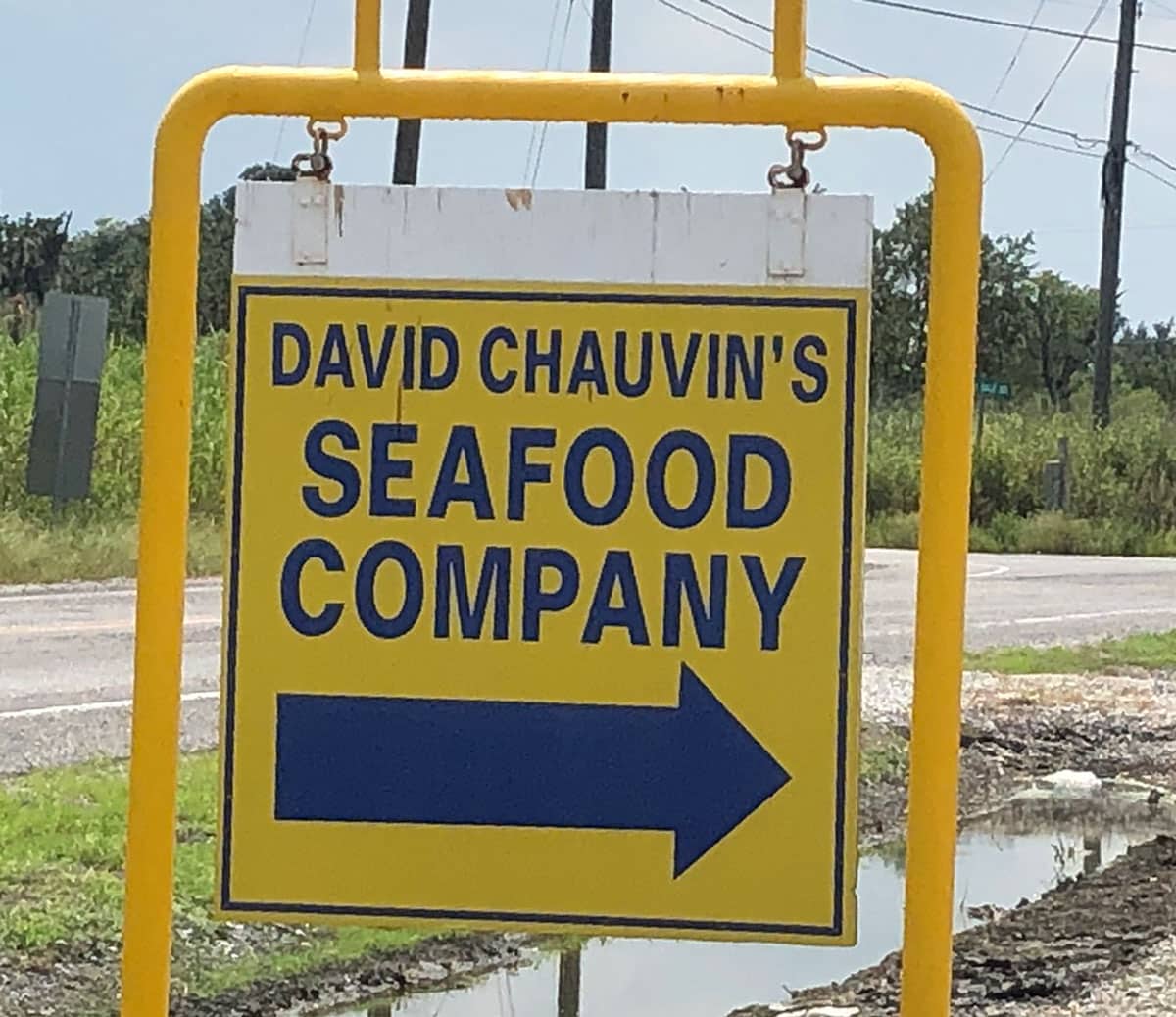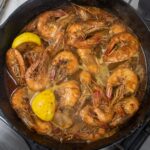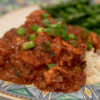Knowing what size shrimp you have or what size shrimp you need can be challenging. It's simple if you know where to look. Sweet Daddy D has simplified it for you here with this handy shrimp size chart.

Lagniappe-Sizing Shrimp
Shrimp are generally sold by the pound, but that doesn't tell you how big they are. If you have two packs of shrimp that weigh one pound each, but one of the packs has 15 shrimp and the other has 30 shrimp you know there are different size shrimp in each pack. A quantitative unit of measurement for shrimp referred to as "count per pound" or simply "count" is used to indicate the size of the shrimp. As an example, "16/20-count" shrimp means each shrimp is of such a size that a pound has between 16 and 20 shrimp. "36/40's" have between 36 and 40 shrimp per pound, so they are much smaller. To simplify things, the sizes are grouped by descriptive categories such as "Medium" or "Large" or "Jumbo". Honestly, you may find some inconsistency in the count in each category, but this chart is a good guide for the different sizes:
| Shrimp Size |
| Extra Colossal |
| Super Colossal |
| Colossal |
| Extra Jumbo |
| Jumbo |
| Extra Large |
| Large |
| Medium Large |
| Medium |
| Small |
| Extra Small |
| Count Per Pound |
| U/10 |
| U/12 |
| U/15 |
| 16/20 |
| 21/25 |
| 26/30 |
| 31/35 |
| 36/40 |
| 41/50 |
| 51/60 |
| 61/70 |

Here are a few shrimp recipes from Sweet Daddy D:
If this is helpful to you, let us know:
- Tell us about it in the Comments section below
- Questions or Comments? that’s the place!
- SIGN UP FOR OUR EMAIL UPDATES so you don't miss anything!
- Post a picture and share it with your friends on our Social Media:
Yeah You Right!







Comments
No Comments